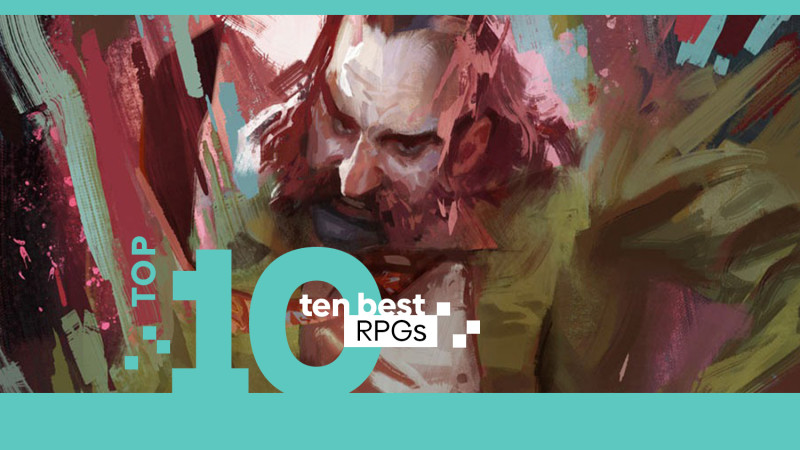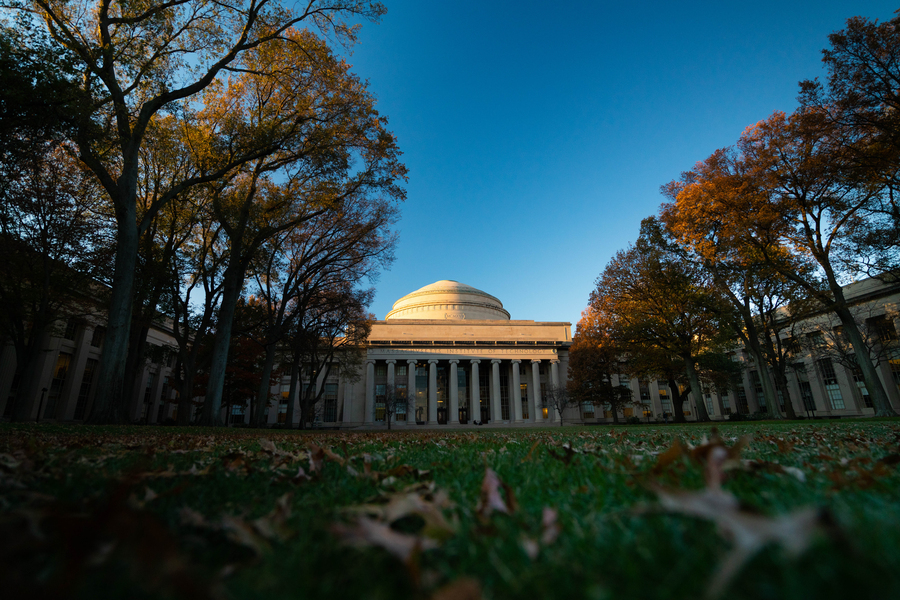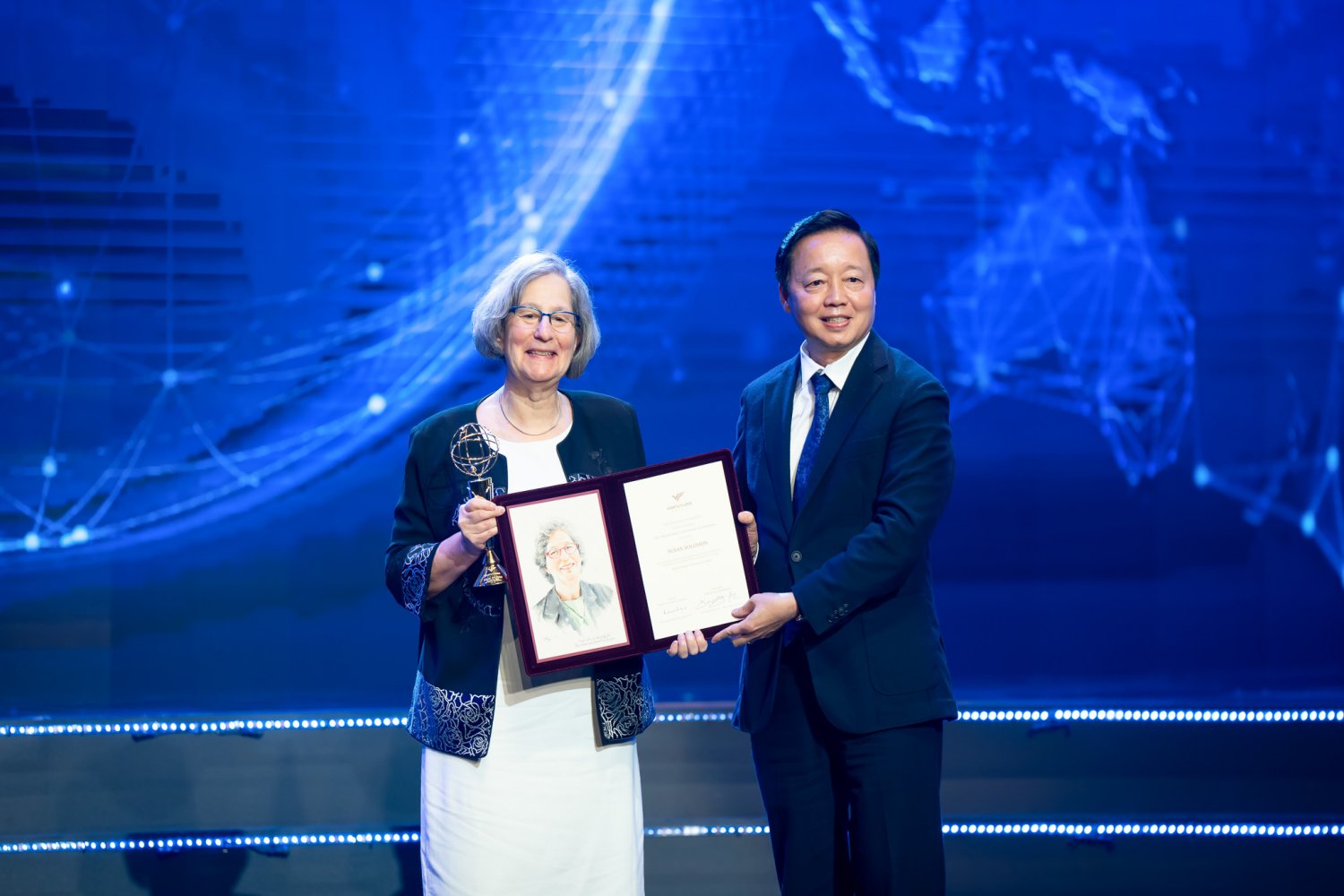Despite the sanctions, Russia continues to manufacture missiles and launch them towards Ukraine. Not all of them work…
Top 10 RPGs To Play Right Now

If you’re playing an RPG, you’re in it for the long haul and want an experience that’s going to immerse you and keep you entertained the whole way through. A genre that is both familiar and constantly evolving, RPGs are often tasked with having the total package. The best ones contain all the key ingredients, masterfully combining exciting combat, memorable characters, larger-than-life bosses, and a gripping storyline.
If you’re looking for RPGs that excel in those aspects, look no further than this list. The following games all share common elements but carve out their own unique path in the genre and promise a narrative-focused adventure full of thrilling encounters around every bend. Listed in reverse chronological release order, here are 10 stellar modern RPGs worth the time and effort. This is an evolving list that we’ll periodically update with exceptional titles as they release.
Honey Mittal, Co-Founder & CEO at Locofy – Interview Series
Honey Mittal is the Co-Founder & CEO at Locofy, prior to this he was the Chief Product Officer at 3 Series A-E startups (namely – Homage, Finaccel & Wego) in early and growth stages. Locofy turns designs into production-ready frontend code for mobile apps and web….
Unite.AI: Exponential Insights Newsletter is Launched & AI Powered
Imagine a newsletter crafted by AI for AI enthusiasts, introducing Unite.AI: Exponential Insights. This entirely AI-powered newsletter leverages a deep neural network to highlight major breakthroughs in AI and its allied fields. The content, curated by AI, immerses you in practical AI applications and keeps you…
OWC ThunderBlade X8: Fastest External SSDs Money Can Buy – Videoguys

Explore the latest ThunderBlade X8 by Other World Computing (OWC) – a powerhouse external SSD designed for video editors and photographers. With read speeds of up to 2949MB/s and write speeds of 2826 MB/s, it outpaces its predecessor, offering increased capacity and efficiency. Discover the sleek design, fanless operation, and capacities ranging from 8TB to 32TB. OWC sets a new standard for external drive capabilities, empowering creative professionals with rock-solid data protection. Learn about pricing and availability for this cutting-edge storage solution.
Blog Summary: Other World Computing (OWC) has unveiled the ThunderBlade X8, a lightning-fast Thunderbolt shuttle and edit RAID SSD designed for professionals seeking high-speed data transfer. Boasting read speeds of up to 2949MB/s and write speeds of 2826 MB/s, it surpasses its predecessor, providing over 16% higher performance in RAID 4 and 5 configurations with Apple Silicon computers.
Equipped with dual Thunderbolt 3 ports, the ThunderBlade X8 allows easy daisy-chaining of up to five additional Thunderbolt devices. Its sleek, rugged design features a durable aluminum enclosure, and its fanless, heat-dissipating design ensures quiet operation. The integrated fin-designed cooling system makes it suitable for on-the-go use, complemented by a ballistic hard-shell case for transportation.
Available in 8TB, 16TB, and 32TB capacities, the top model accommodates up to eight 4TB 2242 NVMe M.2 drives. While the 32TB capacity is sufficient for most users, professionals dealing with massive data may find it limiting. OWC Founder and CEO Larry O’Connor states that the ThunderBlade X8 builds upon its predecessor’s legacy, offering enhanced performance, total usable storage, and ruggedness.
Read the full article by Wayne Williams for TechRadar HERE
Weekly News for Designers № 727 – Fixing CLS Problems, CSS One-Line Upgrades, Future Roles for Designers
Happy Birthday, Macintosh
Forty years ago, Apple introduced the world to the Macintosh computer.
Free Instagram Story Templates
A collection of Instagram Story templates for Photoshop, Figma, Sketch, After Effects, Premiere Pro, and Final Cut Pro.
12 Modern CSS One-Line Upgrades
Learn about the CSS properties to enhance your projects, reduce technical debt, eliminate JavaScript, and improve the UX.
The Diagram that Shows the Value of Great UX 
Fading Content Using Transparent Gradients in CSS
Here are two methods for achieving text content fading with CSS. One uses mask-image and the other background-clip.
Top Logo Stinger Premiere Pro Templates
We share a collection of logo stinger templates for Premiere Pro that stand out with their style, functionality, and ease of use.
Five Future Roles for Designers
Jorge Arango shares five possible future careers for designers in our now AI-driven world.
CSS Blurry Shimmer Effect
Learn how to create a CSS blurring effect, but not with box-shadow.
The CSS Snippets Every Developer Should Know
Discover the CSS snippets that every front-end developer should know about in 2024.
What’s the Environmental Impact of Your Website?
Eric examines the relationship between the web and the planet and shows how to measure your website’s impact.
Git and GitHub Essentials
If you’re new to Git or GitHub, this extensive beginner’s guide of the most common commands is for you.
Fixing Cumulative Layout Shift Problems 
The Most Underused CSS Media Queries: hover & any-hover
Learn how to use the hover and any-hover media queries for responsive design and better experiences on all devices.
Improve Your Logo Design Skills
Melinda Livsey shares how she improved her logo design skills by studying the work of Paul Rand and Saul Bass.
Elevating User Experience: The Tech Innovations Redefining Online Casino Platforms – Technology Org
If you tried to tell a modern online casino player about the sites that existed in the late…
The Financial Perks of Leasing a BMW: Costs and Benefits – Technology Org
Introduction: The great Advantages of BMW Lease The BMW is a benchmark for speed and refinement in the…
School of Engineering fourth quarter 2024 awards

Faculty and researchers across MIT’s School of Engineering receive many awards in recognition of their scholarship, service, and overall excellence. The School of Engineering periodically recognizes their achievements by highlighting the honors, prizes, and medals won by faculty and research scientists working in our academic departments, labs, and centers.
Susan Solomon wins VinFuture Award for Female Innovators

Lee and Geraldine Martin Professor of Environmental Studies Susan Solomon has been awarded the 2023 VinFuture Award for Female Innovators. Solomon was picked out of almost 1,400 international nominations across four categories for “The discovery of the ozone depletion mechanism in Antarctica, contributing to the establishment of the Montreal Protocol.” The award, which comes with a $500,000 prize, highlights outstanding female researchers and innovators that can serve as role models for aspiring scientists.
“I’m tremendously humbled by that, and I’ll do my best to live up to it,” says Solomon, who attended the ceremony in Hanoi, Vietnam, on Dec. 20.
The VinFuture Awards are given annually to “honor scientific research and breakthrough technological innovations that can make a significant difference” according to their site. In addition to Female Innovators, the award has two other special categories, Innovators from Developing Countries and Innovators with Outstanding Achievements in Emerging Fields, as well as their overall grand prize. The awards have been given out by the Vietnam-based VinFuture Foundation since 2021.
“Countries all around the world are part of scientific progress and innovation, and that a developing country is honoring that is really very lovely,” says Solomon, whose career as an atmospheric chemist has brought her onto the international stage and has shown her firsthand how important developing countries are in crafting global policy.
In 1986 Solomon led an expedition of 16 scientists to Antarctica to measure the degradation of the ozone layer; she was the only woman on the team. She and her collaborators were able to figure out the atmospheric chemistry of chlorofluorocarbons and other similar chemicals that are now known as ozone-depleting substances. This work became foundational to the creation of the Montreal Protocol, an international agreement that banned damaging chemicals and has allowed the ozone to recover.
Solomon joined the MIT faculty in 2012 and holds joint appointments in the departments of Chemistry and Earth, Atmospheric and Planetary Sciences. The success of the Montreal Protocol demonstrates the ability for international cooperation to enact effective environmental agreements; Solomon sees it as a blueprint for crafting further policy when it comes to addressing global climate change.
“Women can do anything, even help save the ozone layer and solve other environmental problems,” she says. “Today’s problem of climate change is for all of us to be involved in solving.”
